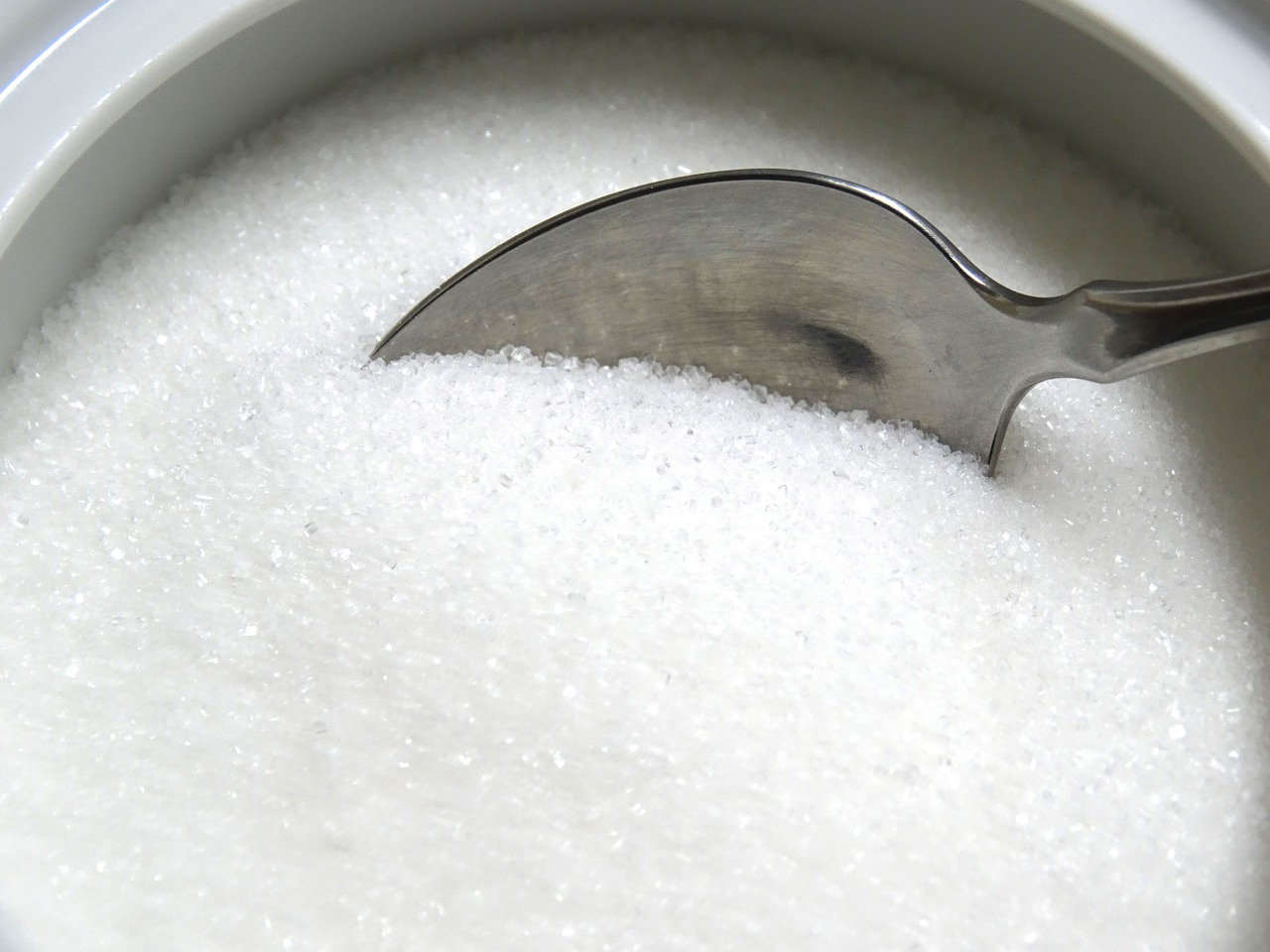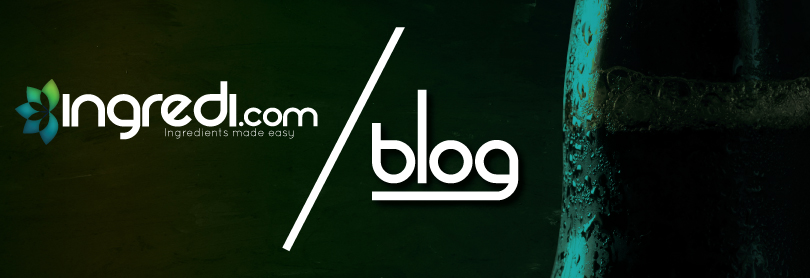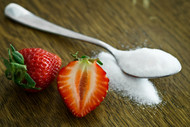What’s the Difference Between Dextrose and Table Sugar?
By on Apr 16th 2019
Before you “pour some sugar on me,” you might want to first consider what type of sugar we’re talking about. While we may automatically assume table sugar, sugar comes in many different forms. These are four common types of sugar:
- Glucose
- Fructose
- Sucrose
- High Fructose Corn Syrup
Other sugars include Galactose, Lactose, and Maltose.
Glucose is a simple sugar and is the type of sugar found in blood. Dextrose is also a simple sugar and is the name given to sugars derived from starches (usually corn). Glucose and Dextrose are biochemically identical.
Fructose is the primary sugar found in fruit.
Sucrose refers to what we commonly call “table sugar.” Sucrose is a double sugar with a 1:1 ratio of glucose and fructose that are chemically bonded together. Sucrose/table sugar is commonly derived from sugar cane or sugar beets.
HFCS is a sugar made from corn starch and contains nearly equivalent amounts of glucose and fructose (ranging from 45 to 58% and 42 to 55%, respectively).
While these are all technically sugars and can be used in a variety of food and beverages, they differ in chemical structure and how the human body digests and metabolizes them. One of the main differences between table sugar and HFCS, for example, is table sugar is dry and granular, and high fructose corn syrup is a liquid (containing 24% water).

Table Sugar
Sucrose is naturally occurring in many fruits, vegetables, and grains, but it’s also a common additive in processed foods like candy, ice cream, canned foods, and soda. While we may often think of sugar as simply a sweetener (it’s less sweet than fructose but sweeter than glucose), it serves multiple functions in the food and beverage industries.
For instance, Domino Extra Fine Granulated Sugar can be used as a bulking agent, preservative, flavor enhancer, and can even add color (sugar will help “brown” baked goods). For beverages, syrups, and sauces, sugar can increase the viscosity, resulting in a thicker product. Sugar acts as a preservative because high concentrations of sucrose will cause the bacterium to lose water via osmosis. Without enough water, bacteria cannot grow or divide. Mold, however, is more tolerant to sugar-induced osmosis and will still affect things like jams and jellies.
Dextrose
Dextrose is a form of glucose derived from starches, and its name may vary depending on the source. Corm is the principal supplier of dextrose. However, wheat and rice are also sources of this sugar. Although it comes from natural sources, adding dextrose to your food or beverage products makes it an added sugar.
Compared to sucrose, it’s about 20% less sweet (remember that dextrose is essentially glucose, and sucrose is 50% glucose and 50% fructose, with fructose being the sweetest sugar of the three).
Dextrose is a corn-based, general purpose sweetener that can be used for most food, beverage, and industrial applications. You can use this type of sugar for the manufacture of bread, cake, cookies, fillings, glazes, icing, and rolls. You can also use it in the manufacture of energy drinks and other beverages to impart a milder sweetness with fewer calories than traditional table sugar. GMO-free Dextrose is also available.
So, why choose Dextrose for your recipes? Compared to sucrose (table sugar), dextrose is about 20% less sweet which allows bakers to take advantage of its bulking and preservative benefits without making the end product overly sweet.
To take your products to the next level, you can find all available salts and sweeteners at Ingredi.com
Sources:
https://www.healthline.com/health/dextrose#common-preparations
https://www.goodhousekeeping.com/food-recipes/healthy/a18910/types-of-sugar-0921/
https://www.healthline.com/nutrition/sucrose-glucose-fructose#what-are-they?






